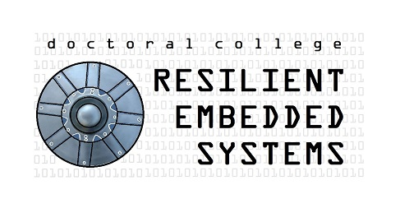Supervisor: Michael K. Göschka
Computational Offloading for non-time-critical applications
The increasing demand for computational resources and emerging use cases such as natural language processing and 4k-video-streaming keeps outpacing available User Equipment (UE). Every UE is intrinsically limited in terms of CPU, GPU, storage, and memory. To overcome those limitations, computational offloading was proposed. The combination of UE and seemingly endless computational capacity in the cloud aims to cope with those constraints.
When low response time is a necessity for an acceptable Quality of Experience, moving the computational assistance in proximity of the user is a viable option. A plethora of frameworks were proposed to address arising challenges like user-mobility and state hand-overs, but an obvious
drawback of leveraging Edge Computing (EC) is the required infrastructure. Some use cases however, do not benefit from lower response time and can therefore remain in the cloud, where more potent resources are at one’s disposal. Since provisioned cloud resources are mainly charged by computing time and not by the number of leased instances, faster does not necessarily mean more expensive.
Methodology used will be Design Science Research. Thus, many iterations of proof-of-concept implementations yield knowledge and artefacts. To objectify the success of obtained results/artefacts, their soundness will be tested on various types of applications.
This dissertation endeavours to investigate how to partition code or an application for distributed computing in the cloud, either on EC2-instances or lambda functions, and aims to find out whether such partitioning can be done implicitly to make it more practical for modern CI/CD (Continuous Integration / Continuous Deployment) pipelines. Moreover, it must be investigated how to handle communication between distributed instances and at which granularity applications or algorithms should be offloaded. Use cases for this contribution can range from optimization problems that could be solved significantly faster to video analytics. Unique selling point of proposed work is the focus on non-time-critical applications while emphasizing the usage of serverless computing.
